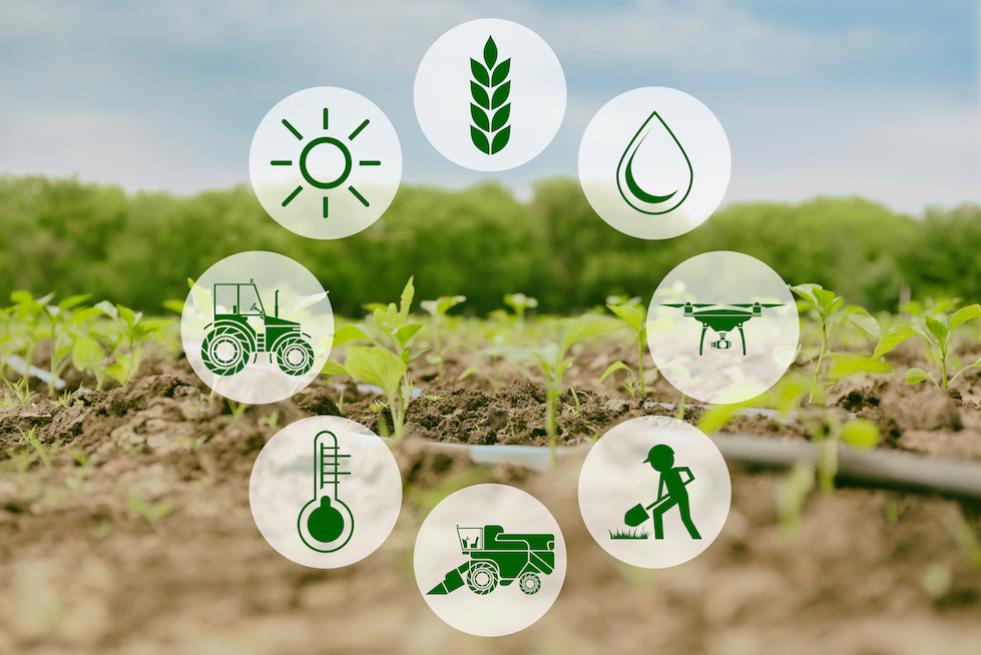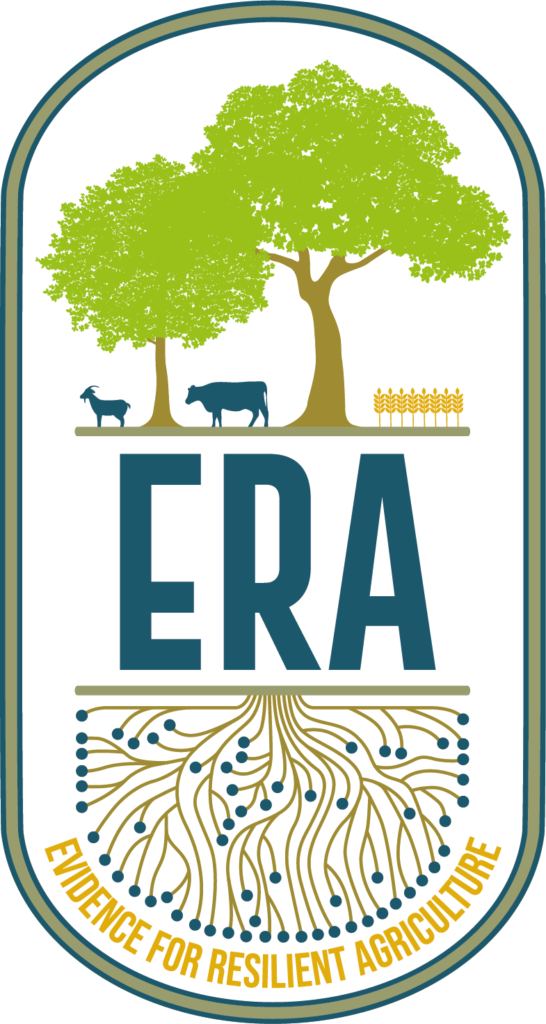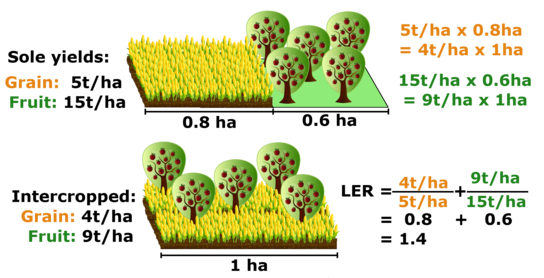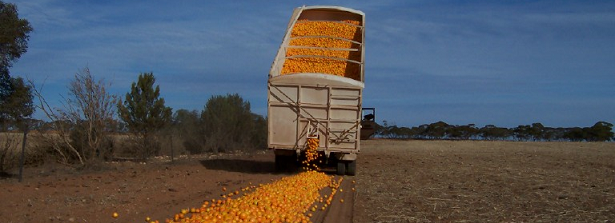In Agriculture,

Machine learning (ML) is a trending technology currently that can be used in the modern agriculture industry. ML is a scientific field that enables machines to learn in absence of a strict programme. ML has come up with technologies that have big data and are of high performance creating opportunities for data science 1.
Agriculture plays a key role in the global economy hence pressure to sustain the agricultural economy with a growing population. Digital agriculture, formally known as precision farming and agri-technology have emerged. This is due to new scientific fields that use data intensive approaches to manage agricultural productivity while consequently mitigating its impacts on the environment. Precision agriculture (PA) is an application of principles and technologies using information to drive temporal and spatial variability to increase effectiveness while minimizing environmental degradation 2.
In modern agriculture, the data generated for its operations are provided by different sensors which facilitates a better understanding of an operational environment such as an interaction of advanced soil, crop and weather conditions 1.
Considering a dimension of precision agriculture concentrating on plant-driven management of crop, delivering treatments such as fertilizer application, irrigation and pesticides use is possible. This is facilitated by monitoring of crop, soil, and climate in a field by incorporating decision support systems such as sensors that are able to learn 2.
Increasing farm production on an increasingly smaller land and reducing consumption of resources such as fertilizers and water influence establishment of new techniques.
Digitization and technological development are the future and a promising approach in the same. With further research and development, a more precise approach in agricultural predictions will ensure timely approaches in responding to issues related to climate risks and those threatening food security at a farm level as well as global scale.
1 Liakos, K. G., Busato, P., Moshou, D., Pearson, S. & Bochtis, D. Machine learning in agriculture: A review. Sensors 18, 2674 (2018).
2 Dimitriadis, S. & Goumopoulos, C. Applying Machine Learning to Extract New Knowledge in Precision Agriculture Applications.



